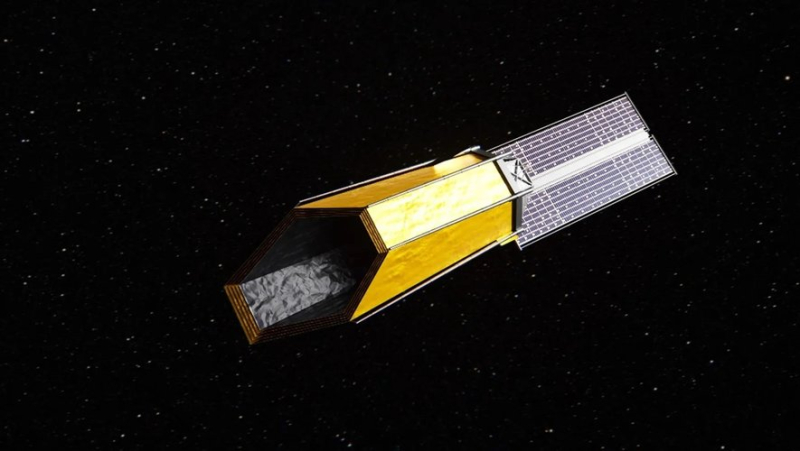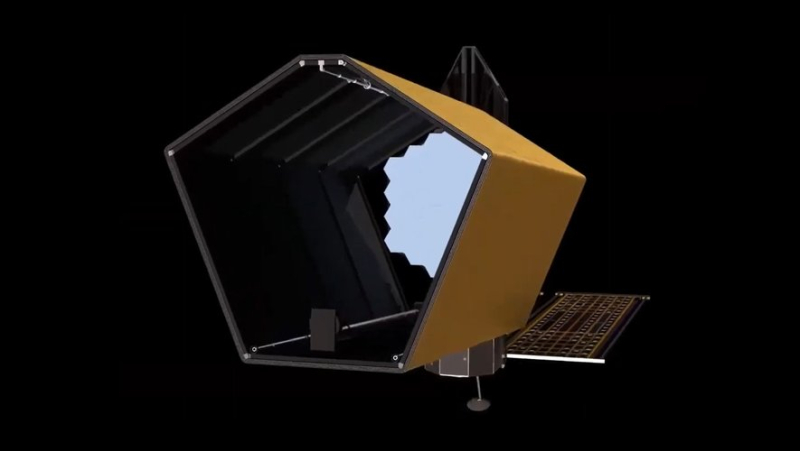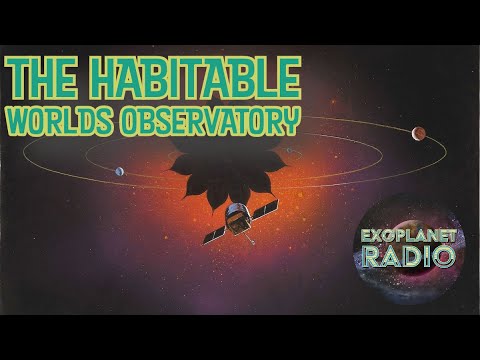Are we alone in the universe ? HWO, the NASA telescope which will track planets where life may have hatched

The Habitable Worlds Observatory will be positioned 1.5 million kilometers from Earth, like the JWST. NASA’s Goddard Space Flight Center Conceptual Image Lab

The final form of the telescope is unknown. But this artist’s view reveals a mirror similar to that of the James-Webb. NASA’s Goddard Space Flight Center Conceptual Image Lab
NASA's future flagship in astrophysics will not see the light of day before the next decade, as there are so many technological challenges to overcome. But it is in search of extraterrestrial life that he will go, by studying the atmosphere of exoplanets that are cousins to the Earth.
On May 24, Hubble put itself into backup mode. A gyroscope failure, which prevents correct orientation of the space telescope and has paused astronomical observations. Hubble is a 34 year old boy, alone in space since in 2009, before their retirement from service, a space shuttle, Atlantis , upgraded the marvelous machine one last time. NASA assures that it "is in good health", predicts "that&rsquo ;Hubble will continue to make discoveries throughout this decade and perhaps into the next", but the one who revolutionized the observation of the cosmos will not be eternal. So she launched James-Webb (JWST), in 2021, even more fabulous, already going back in time to 290 million years after the Big Bang. And she anticipates what happens next.
2 000 billion galaxies
His project is called Habitable Worlds Observatory (HWO). It is based on the hypothesis that in the Universe, other planets have brought together the conditions conducive to life: water first and foremost, good distance from their star, carbon. "In the Milky Way alone, there are 200 billion stars, perhaps 300 billion planets and millions are habitable, have water, are not neither too close nor too far from their star. As there are 2,000,000 billion galaxies, we wonder why we would be alone", smiled Montpellier astrophysicist Françoise Combes, previously interviewed.
Carried by a team installed at the Goddard Space Flight Center in Greenbelt, Maryland (United States), the HWO, if it succeeds – we are only in the "first stages of planning", insists the agency –, would be "the first space telescope designed to search for life outside our solar system, explains NASA.  ;The mission would directly image Earth-like planets around stars like our Sun and study their atmospheres for the chemical signatures of life."
Stability on the scale of the atom
With a mirror of a similar size to that of James-Webb, the HWO would work in a spectrum ranging from infrared to ultraviolet, via visible light, unlike at JWST and Hubble which share this field. "The mission will require a coronagraph – an instrument that blocks the light of a star so we can see nearby objects better – thousands of times more efficient than any previous space coronagraph, and a stable optical system moving no more than the width of an atom during its observations." Or one hundredth of a millionth of a centimeter.

Like the JWST, again, it would be positioned at the Lagrange 2 point, 1.5 million kilometers from Earth.
But the technical challenges, as we will have understood, are immeasurable, to which the American space agency gave a helping hand on Saturday. It has allocated $17.5 million to three research projects led by manufacturers BAE Systems, Lockheed Martin and Northrop Grumman, continuing an approach it has been leading since 2017. This while the Academy of Sciences of the United States made the HWO the major objective of the decade, that the associated researchers met Monday and Tuesday in Baltimore and that the file entered the maturation phase in the NASA project protocol.< /p>

The Nancy-Grace-Roman will be used in particular to experiment with certain tools of the future HWO. NASA/GSFC/SVS
I subscribe to read more




